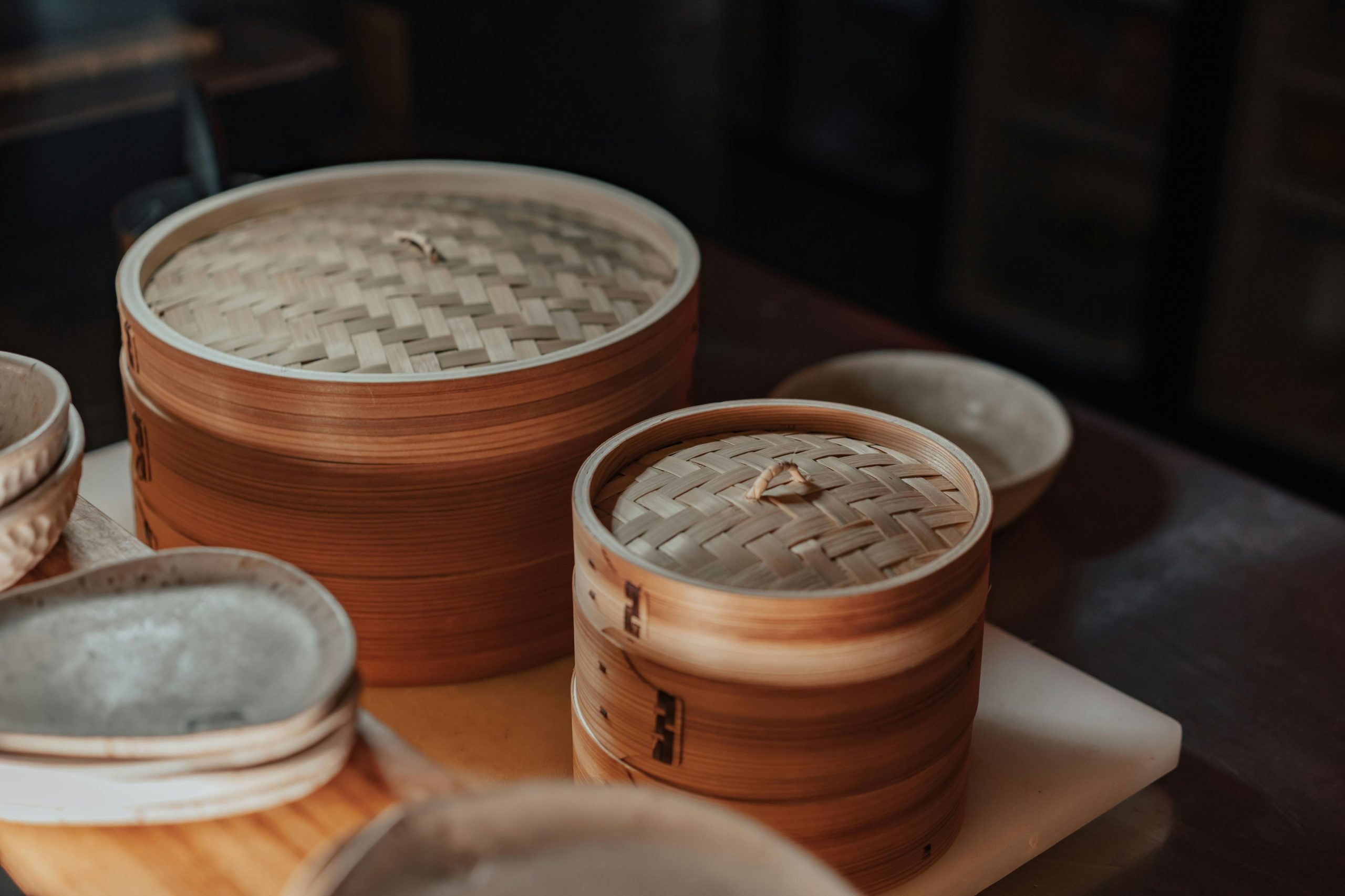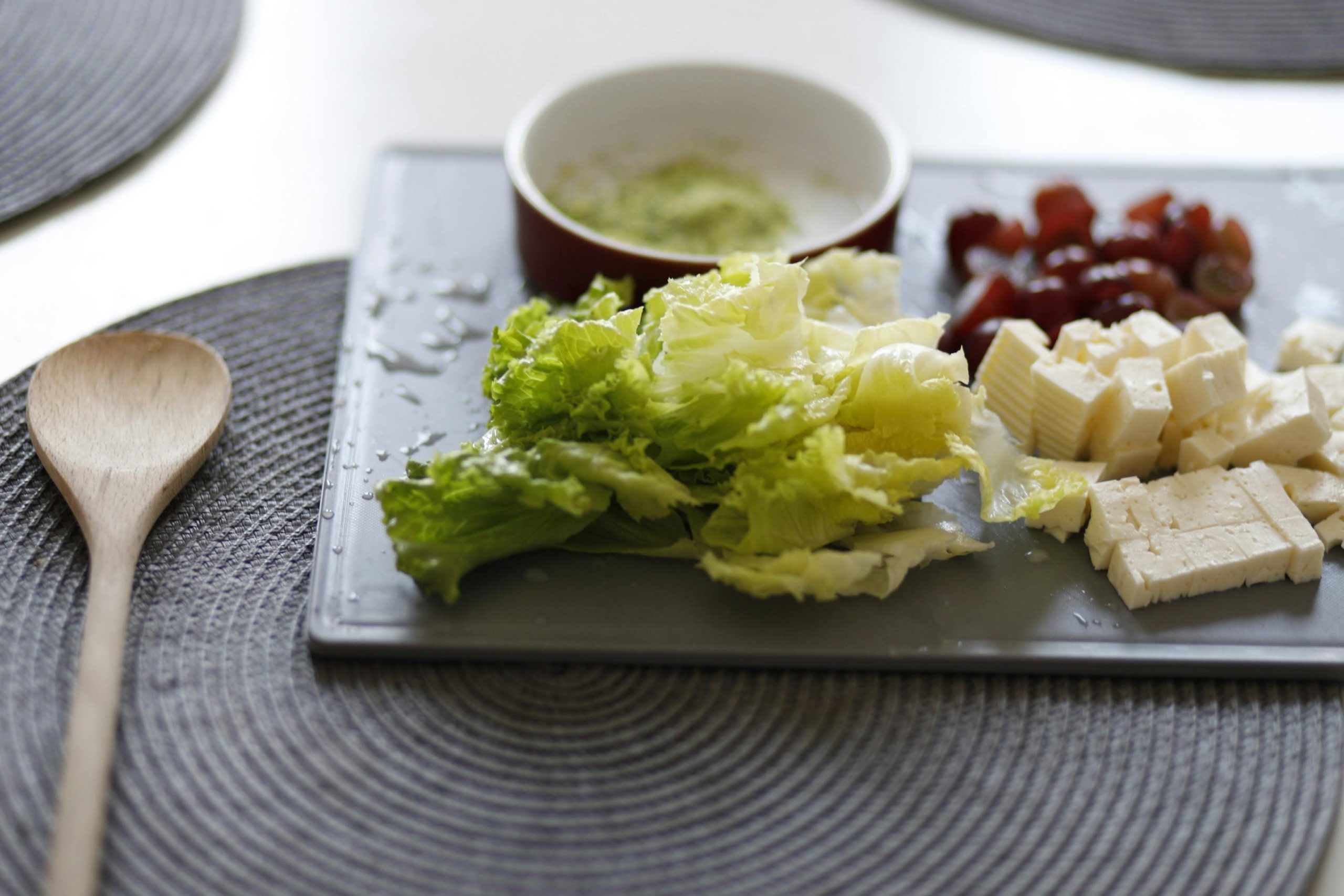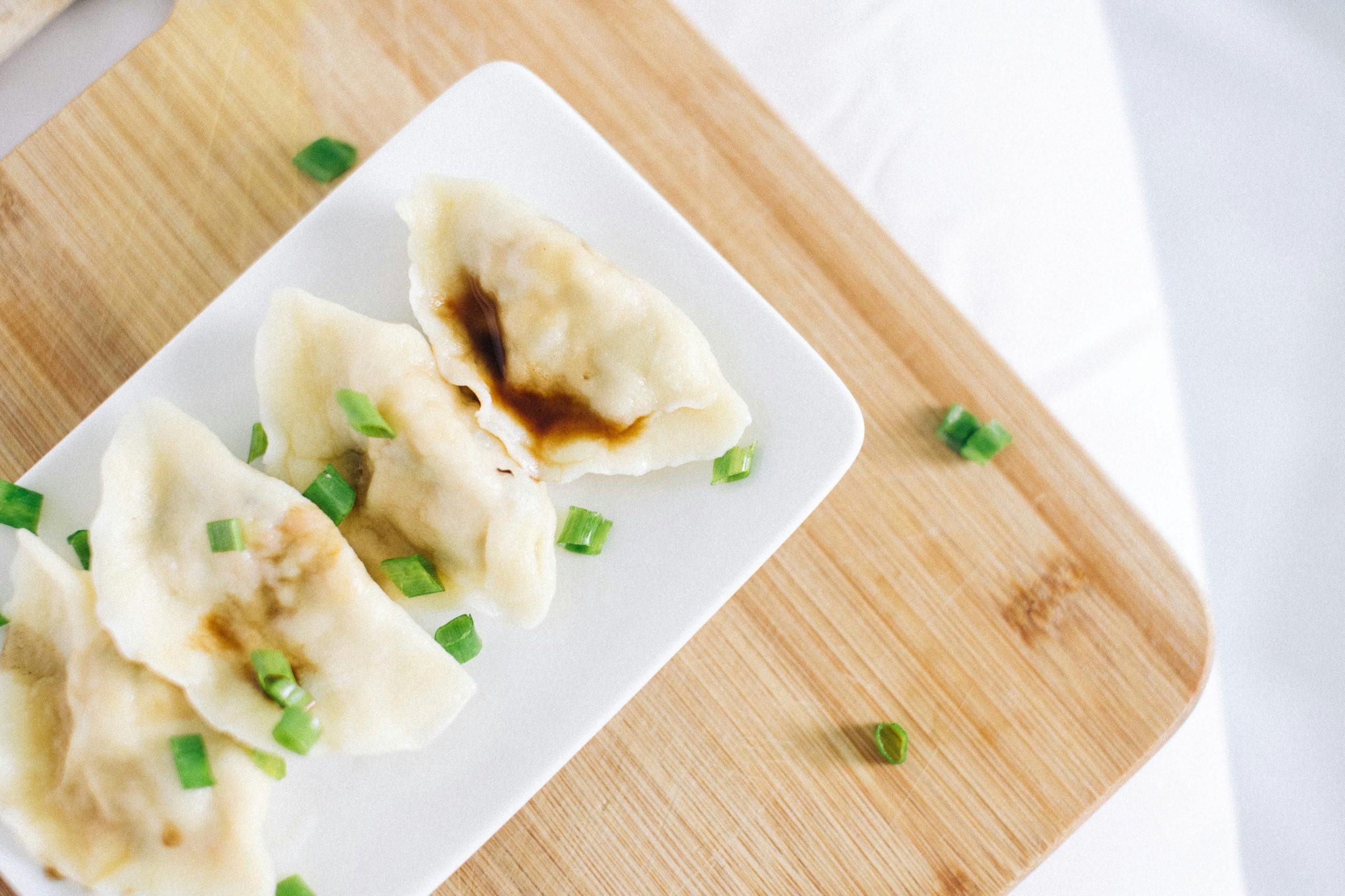Ever wondered how to recreate the vibrant flavors of your favorite Oriental dishes at home?
Finding the right tools and understanding the techniques can often be overwhelming.
Oriental cooking simplifies with the right utensils like woks and bamboo steamers, paired with essential techniques such as stir-frying and steaming.
This guide will walk you through the essential tools, pantry staples, and cooking methods you need to master Oriental cuisine, making it easy and enjoyable to bring these exotic flavors into your kitchen.
Essential Tools and Equipment in Oriental Cooking

In the world of oriental cooking, having the right tools can make all the difference. From the fiery stir-fry to the delicate steaming of dumplings, each method requires specific equipment to achieve the best results. Woks and bamboo steamers stand out as two of the most iconic and essential items. These tools not only facilitate the cooking process but also help in achieving the authentic flavors and textures that define oriental cuisine.
The wok is celebrated for its high heat retention and versatility, making it perfect for everything from quick stir-frying to deep-frying. On the other hand, bamboo steamers are prized for their ability to cook food evenly while retaining nutrients and flavors, essential for dishes like dim sum. Together, these tools form the backbone of any well-equipped kitchen aiming to master the art of oriental cooking.
The Wok: A Versatile Must-Have in Oriental Cooking
The wok is not just another pan; it’s a versatile powerhouse in oriental kitchens. Its unique shape allows for high heat cooking, which is essential for the quick searing and tossing of ingredients found in many Asian dishes. Whether you’re stir-frying vegetables, deep-frying tofu, or smoking meats, the wok handles it all with ease. The key to mastering wok cooking lies in understanding its heat distribution and movement.
To keep your wok in top condition, seasoning it before its first use and regularly afterwards is crucial. This process not only prevents rust but also builds up a natural non-stick coating that enhances the flavor of your dishes. Here are a few tips for wok care:
- Season regularly to maintain the non-stick surface.
- Avoid washing with soap as it can strip the seasoned coating.
- Dry thoroughly after washing to prevent rust.
Bamboo Steamers: Steaming to Perfection
Bamboo steamers offer a gentle cooking method that brings out the natural flavor of ingredients without the need for oils or fats. This makes it an excellent choice for health-conscious cooks. The design of bamboo steamers, consisting of stackable layers, allows for cooking multiple items at once, saving time and energy. They are perfect for steaming everything from vegetables and fish to dumplings and rice.
To get the most out of your bamboo steamer, here are some effective tips:
- Line the steamer with cabbage leaves or parchment to prevent sticking.
- Arrange items in a single layer to ensure even steaming.
- Use aromatic liquids like broth instead of water to infuse additional flavors into your food.
Using a bamboo steamer correctly not only preserves the nutrients and textures of the food but also enhances the overall taste of your dishes.
Stocking the Oriental Pantry: Must-Have Staples
Stocking your pantry with oriental staples is crucial for authentic Chinese cooking. Ingredients like soy sauce, oyster sauce, and black bean sauce are foundational, each adding unique depths of flavor to various dishes. Soy sauce provides a salty, umami quality that is indispensable in stir-fries and marinades. Oyster sauce, with its thick consistency and sweet-salty taste, is perfect for glazing meats and vegetables. Black bean sauce offers a robust, salty flavor, ideal for adding a punch to seafood or tofu dishes.
Besides these sauces, having dried ingredients such as dried mushrooms and dried chilies can elevate your dishes with intense flavors and textures. Dried mushrooms, when rehydrated, add an earthy flavor to soups and stir-fries. Dried chilies spice up your meals and are essential for dishes that require a fiery kick. These staples not only enrich the flavor palette of your meals but also ensure you can whip up your favorite Chinese dishes anytime.
Sauces: The Flavor Foundations of Oriental Cooking
Sauces play a pivotal role in oriental cooking, acting as the backbone of flavor for many dishes. Soy sauce, for instance, is indispensable, used in everything from marinades to stir-fries, imparting a deep umami flavor. Similarly, oyster sauce adds a rich, savory sweetness perfect for glazing meats and vegetables. Each sauce brings a unique dimension to dishes, enhancing and complementing the natural flavors of the ingredients.
For those keen on exploring the versatility of these sauces, consider these pairing suggestions:
- Soy sauce works wonderfully with stir-fried noodles or as a dipping sauce for dumplings.
- Oyster sauce is excellent when drizzled over steamed broccoli or bok choy.
These pairings not only elevate the taste but also introduce you to the fundamental aspects of traditional Chinese cuisine.
Mastering Stir-Frying in Oriental Cuisine
Stir-frying is a cornerstone of Oriental cuisine, celebrated for its ability to deliver intensely flavorful dishes in a remarkably short amount of time. This cooking technique involves high heat and quick movement, requiring a well-seasoned wok to achieve the characteristic smoky flavor known as ‘wok hei’. The process starts with heating the wok until it’s smoking hot, then adding oil followed by rapid tossing of ingredients which are usually cut into bite-sized pieces to ensure even and quick cooking.
Mastering stir-frying is not just about tossing ingredients into a hot wok; it’s about the harmony of proper preparation and precise execution. Key tips include having all ingredients prepped and ready to go before you start cooking, using the right type of oil with a high smoke point, and not overcrowding the wok to avoid steaming the food instead of stir-frying it. These practices help maintain the high heat necessary for creating crisp textures and vibrant flavors that are hallmarks of good stir-fried dishes.
Deep-Frying: Crispy Delights in Oriental Cooking
Deep-frying in Oriental cooking is not only about achieving a crispy texture but also about enhancing the flavor of the food. This technique involves submerging food in hot oil, which seals the exterior and cooks the interior evenly without making it greasy. The key to successful deep-frying lies in maintaining the correct oil temperature; too hot, and the food burns on the outside while remaining raw inside, too cool, and the food absorbs excess oil and becomes soggy.
Safety is paramount when deep-frying. Always use a deep, heavy pan to prevent oil spills and have a lid close by to smother any potential fires. Equipments like a thermometer can help monitor oil temperature effectively. Common deep-fried dishes in Oriental cuisine include spring rolls, tempura, and crispy duck, each offering a delightful crunch and rich taste that showcase the versatility of deep-frying in enhancing texture and flavor.
Braising: Combining Moist and Dry Heat
Braising is a revered cooking technique in Oriental cuisine, known for transforming simpler, tougher ingredients into tender, flavorful dishes. This method combines dry and moist heat, beginning with searing the main ingredient to develop depth of flavor, followed by slow cooking in a liquid that often includes a mix of broth, spices, and aromatics. This technique is particularly effective for cooking meats and dense vegetables that benefit from gentle, prolonged heat to achieve the desired tenderness and complexity of flavor.
Iconic dishes that utilize braising include red-cooked pork from Chinese cooking, where the meat is caramelized and then simmered in a soy sauce-based liquid. Other examples are beef brisket in clear broth and clay pot tofu with mushrooms. Each dish showcases how braising can infuse the food with robust flavors while breaking down tougher textures, making it a go-to method for creating some of the most soul-satisfying meals in Oriental cuisine.
Blanching Techniques in Oriental Cooking
Blanching is a vital technique in Oriental cooking, primarily used to prepare vegetables and sometimes meats before further cooking. This method involves briefly immersing ingredients in boiling water and then plunging them into ice water to halt the cooking process. Blanching is crucial for several reasons: it helps in preserving the vibrant colors, maintaining crisp textures, and removing any unpleasant odors or impurities from the ingredients.
In Oriental cuisine, blanching is often employed before stir-frying or adding vegetables to soups and hot pots. It ensures that the ingredients like bok choy, broccoli, and snap peas retain their appealing aesthetic and textural integrity throughout the cooking process. Additionally, blanching can be used to remove bitterness from certain vegetables or to prepare them for more complex dishes, demonstrating its essential role in achieving the delicate balances required in Oriental dishes.
Velveting: Secret to Tender Meats in Oriental Dishes
Velveting is a culinary technique essential in Chinese cooking that ensures meats remain tender and juicy through the cooking process. It involves marinating the meat in a mixture of egg whites, cornstarch, and sometimes wine and other seasonings, which forms a protective barrier around the meat.
After marinating, the meat is briefly cooked in hot oil or water, a process known as ‘passing through oil’ or ‘passing through water’. This pre-cooking step seals in the flavors and juices and partially cooks the meat, setting the stage for the final cooking, which could be stir-frying or steaming. The result is exceptionally tender meat that is characteristic of many beloved Chinese dishes.
Steaming: Healthy Cooking in Oriental Cuisine
Steaming is a revered cooking method in Oriental cuisine, known for its ability to preserve the texture, color, and nutrients of food. This technique involves cooking food by exposing it to steam, typically by using a bamboo steamer, which allows the food to cook quickly and evenly without losing its natural flavors.
The health benefits of steaming are numerous, as it requires no additional fats and keeps ingredients in their most natural state. Commonly steamed items in Oriental cuisine include fish, vegetables, and dim sum. This method not only retains the ingredients’ essential vitamins and minerals but also enhances their inherent flavors, making steaming a popular choice for health-conscious cooking.
Discover More with Indulge‘s Oriental Culinary Tours
Exploring oriental cooking doesn’t stop at your kitchen. INDULGE offers curated culinary tours that dive deep into the heart of Zurich’s vibrant food scene. These tours are not just about tasting; they’re about learning the roots and techniques behind each dish. Imagine walking through Zurich West, exploring street foods and local eateries under the guidance of expert chefs.
During these tours, participants gain hands-on experience and insights that are rarely found in cookbooks or online. Here’s what you can expect:
- Live cooking demonstrations with professionals explaining the intricacies of oriental dishes.
- Interactive sessions where you can cook and taste dishes on the spot.
This immersive approach helps you understand the texture, flavor, and techniques of oriental cooking, enhancing your skills significantly.
Frequently Asked Questions
What is oriental cooking?
Oriental cooking refers to the culinary practices and traditions from Eastern Asian countries, primarily focusing on methods like stir-frying, steaming, deep-frying, braising, and blanching. It emphasizes using specific tools such as woks and bamboo steamers and incorporates staple ingredients like soy sauce, oyster sauce, and black bean sauce to create vibrant and flavorful dishes.
What makes food oriental?
Food is considered oriental when it incorporates specific cooking techniques, tools, and ingredients typical to Eastern Asian cuisine. Techniques such as stir-frying, steaming, and deep-frying, along with the use of woks and bamboo steamers, define oriental cooking. Additionally, the use of staple ingredients like soy sauce, oyster sauce, and black bean sauce contributes to the distinctive flavors of oriental dishes.








